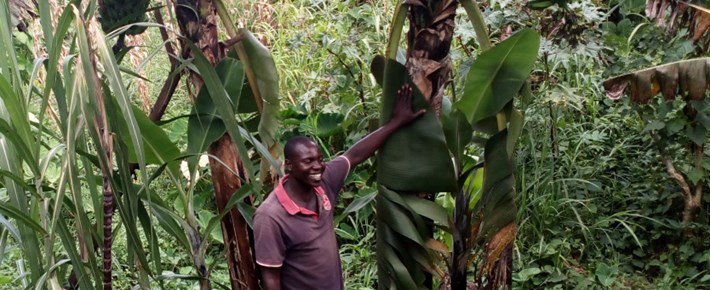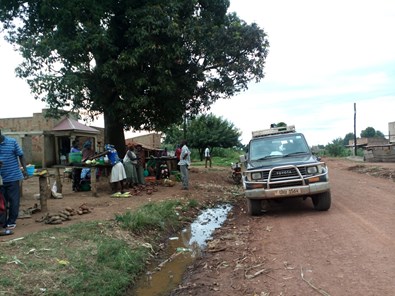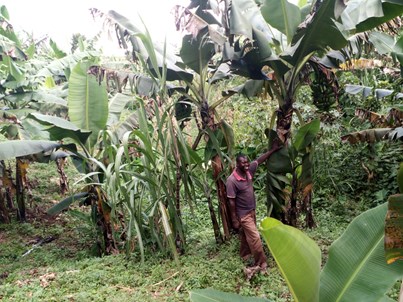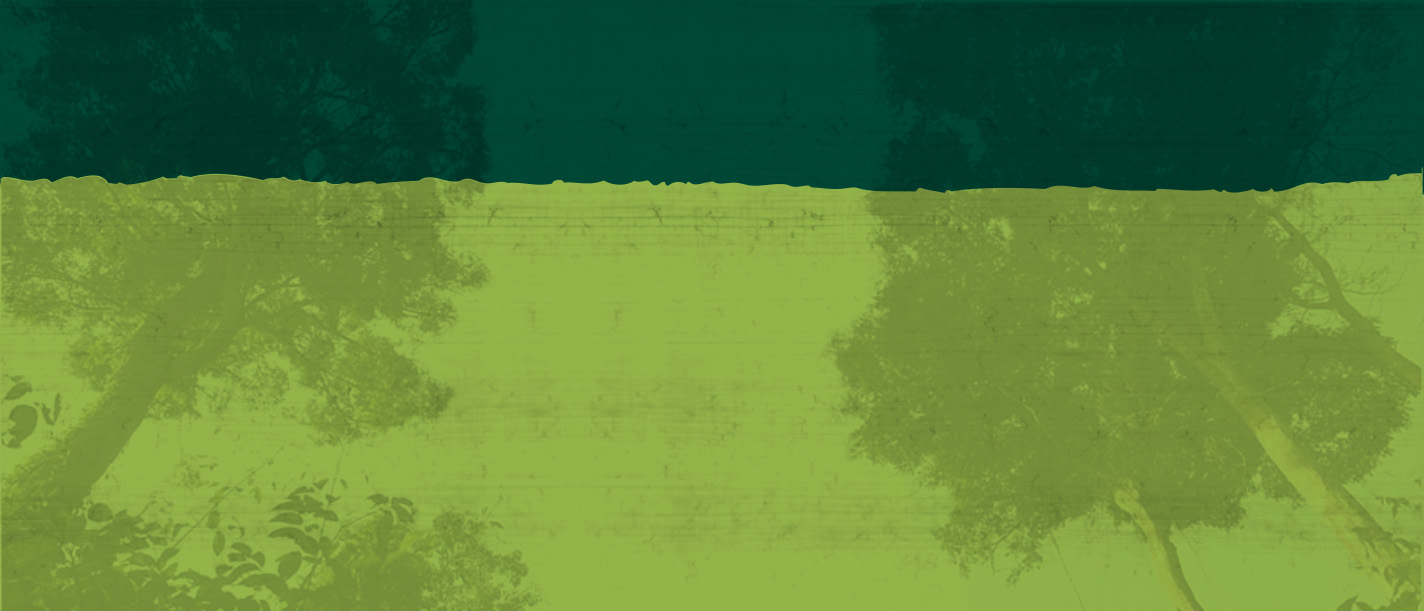News
Carrots and conservation
September 13, 2018

Budongo Conservation Field Station (BCFS) was founded with the main of conserving chimpanzees in Budongo Forest Reserve through research. But as time went by and with the experience gathered along the way, the chimpanzees could not be conserved in isolation. There was need to positively impact the lives of the people that relied on the chimpanzee habitat (the forest) for their livelihood. As the forest habitat continued to be degraded, human wildlife conflicts also escalated. Forest fauna such as chimpanzees, baboons, bush pigs and duikers often went out of the forest into people’s gardens in search for food. Over the years a number of projects intended to improve community livelihoods around Budongo have been designed and implemented with the intention of reducing reliance on the forest resources and human wildlife conflicts as well. Poachers and illegal timber harvesters (pit sawyers) were the initial beneficiaries of the alternative livelihoods projects and other vulnerable households were later brought on board. Karongo Village Trading Center
Karongo Village Trading Center
On one Monday afternoon I set off with Fred Odongo (the field station driver) to Karongo Village to meet Moses Agondua who was in the company of Albert Chandia. Both Moses and Albert are ex-poachers that denounced poaching following sensitisation and intervention by BCFS. Like many of their other counterparts, they were then enrolled into BCFS’ alternative livelihoods programmes. Shortly after exchanging our pleasantries, we embarked on a 1km walk making our way through the vast sugarcane plantations to Moses Angondua's banana plantation. Curious to know how this duo was fairing, I casually asked Albert Chandia about his goats and how they were fairing (ex-poachers were each awarded two goats when they denounced poaching and pledged to support efforts towards conservation). Albert replied with great excitement, "I now have 12 goats and had accumulated over 20 goats at some point. I was given two goats when I denounced hunting and awarded a third because I was exemplary and compliant. I no longer have the need to hunt because I am now able to provide for my family’s needs from my goat sales and can as well enjoy a nice meaty meal without having to risk being on the wrong side of the law.” Moses Angondua also takes pride in his goat farming project that continues to grow.
At 32 years of age, with a wife and three children, Moses Angondua did not inherit any property from his late parents but worked his way into obtaining half an acre of land at the forest edge. This land was relatively affordable and had not been leased for sugarcane farming like most of the land in his neighbourhood. Even with an intension of using this land for agriculture, Moses was not able to make the most of his land as baboons and on some occasions chimpanzees would raid his garden destroying the maize (a traditional food crop) he had planted. The only feasible way of avoiding this then was by spending long hours in the garden guarding his crops against the wild animals. This coupled with low market prices for maize, as markets would be flooded at the time harvest, the whole venture was not profitable. BCFS working together with Masindi District Farmers’ Association and Budongo Sub-county Local Government engaged and trained farmers in 12 villages around Budongo. The farmers were organised into 9 groups representing a total of 270 households. Through this training and exposure, Moses realized that farming is profitable and can change his life. BCFS provided the project beneficiaries in the various famer groups with an assortment of farm inputs including seed of non-traditional high value crops of their choice in addition to providing training in modern agronomic practices. Moses chose to venture into banana (matooke) and vegetable growing and never regretted. Matooke is a perennial crop and delicacy for many which implied consistent long term sales while he also grew vegetables mainly carrots and cabbages during the dry season relying on the nearby stream to irrigate his crops. Moses benefits from the diversified farm produce and yet these crops are also less prone to raids by wildlife. He is now able to earn at least 80,000UGX (approx. $ 20) weekly from his matooke sales. After 3 to 4 months when his carrots and cabbages are fully matured, Moses earns a profit of 1 to 2 million UGX (approx. $ 500) on average every season.  Moses in his banana plantation
Moses in his banana plantation
Given his brilliant and very enterprising nature, Moses is now planning to start growing vegetables throughout the year. He will be targeting the Uganda National Roads Authority staff that will be around his neighbourhood constructing the Masindi-Buliisa highway. With this additional market, Moses is positive his sales will increase and as such the additional produce shall sell out. While Moses was taking me through the details of the numbers and future prospects of his farm, Albert was uprooting some banana suckers he was to plant in his own garden. As we were preparing to walk back, Moses gave us a pack of vegetables for our diner and expressed his gratitude for the support rendered by BCFS. We purchased a bunch of matooke for our consumption at the field station and promised to return to visit Moses again to see how his farm is progressing.
On our way back to camp we stopped by Monday's farm (the chairman for Nyakafunjo forest edge farmer's group). Here I was keen to learn how the groups were fairing post the funding period. “We are managing fairly well,” exclaimed Monday. “BCFS has continued to provide support in partnership with the Masindi District Farmers’ Association who provide refresher training and have played a central role in helping us find market for our produce such as soybean and sunflower. In addition to this, the farm inputs that BCFS provided gave us a good kick start, off which we were able to get an income and have continued to venture into growing non-traditional high value crops which are also less prone to raids by wild animals. Even as group members, we have continued to cooperate amongst ourselves and continue to share knowledge from our experiences. We have also devised mechanisms where we can share some of our crop seed (especially banana suckers) with other group members that may have benefitted from the project in various other ways to ensure continuity and development of all the group members”. Cooperation such as this among project beneficiaries has been very essential in ensuring sustainable development in communities around Budongo Forest as much as carrots and other high value crops have gone a long way in supporting conservation efforts in the Budongo landscape.
Projects such as these would never have been possible without the generous financial support from ARCUS Foundation, Darwin Initiative, Oakland Zoo and Royal Zoological Society of Scotland.
Jacintha N. Lwebuga
BCFS Communications Coordinator
Latest Articles
-
Launch of the “Budongo: Livestock for Conservation” Pilot Project
October 21, 2025
-
Revitalizing ornithology research at BCFS
November 30, 2024
-
Perspectives Collective Journal Launch
February 21, 2024
-
Snares are major threat to juvenile chimps in Budongo
November 25, 2022
-
Albino infant chimpanzee sighted in Sonso
September 07, 2021




